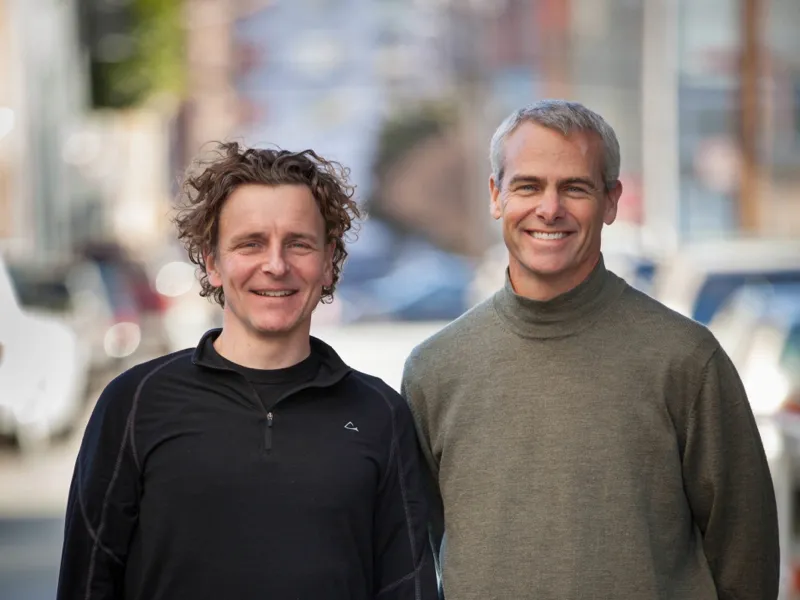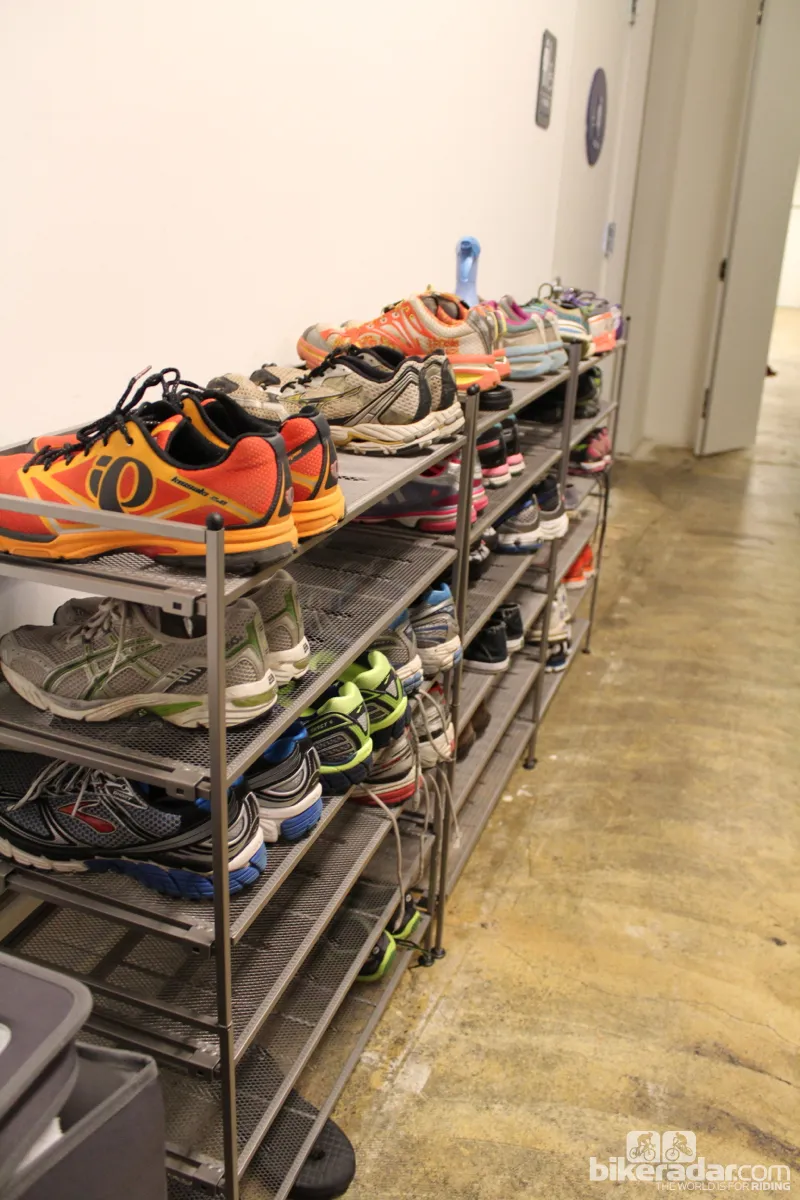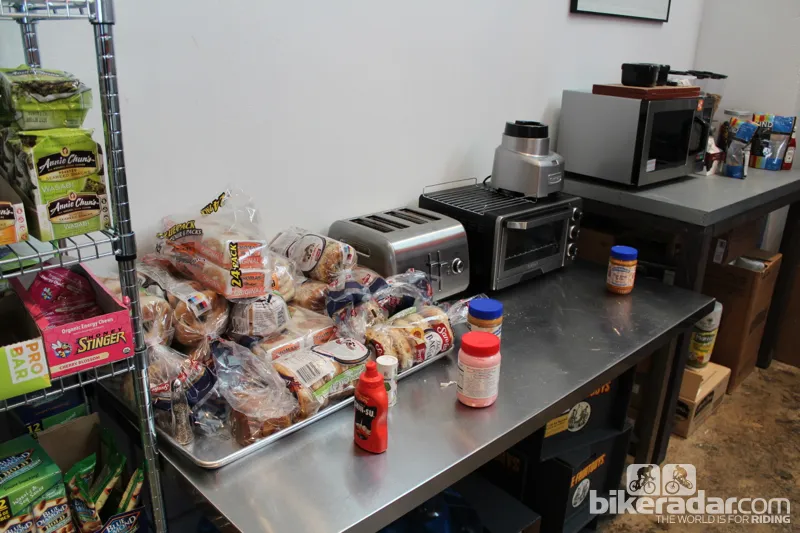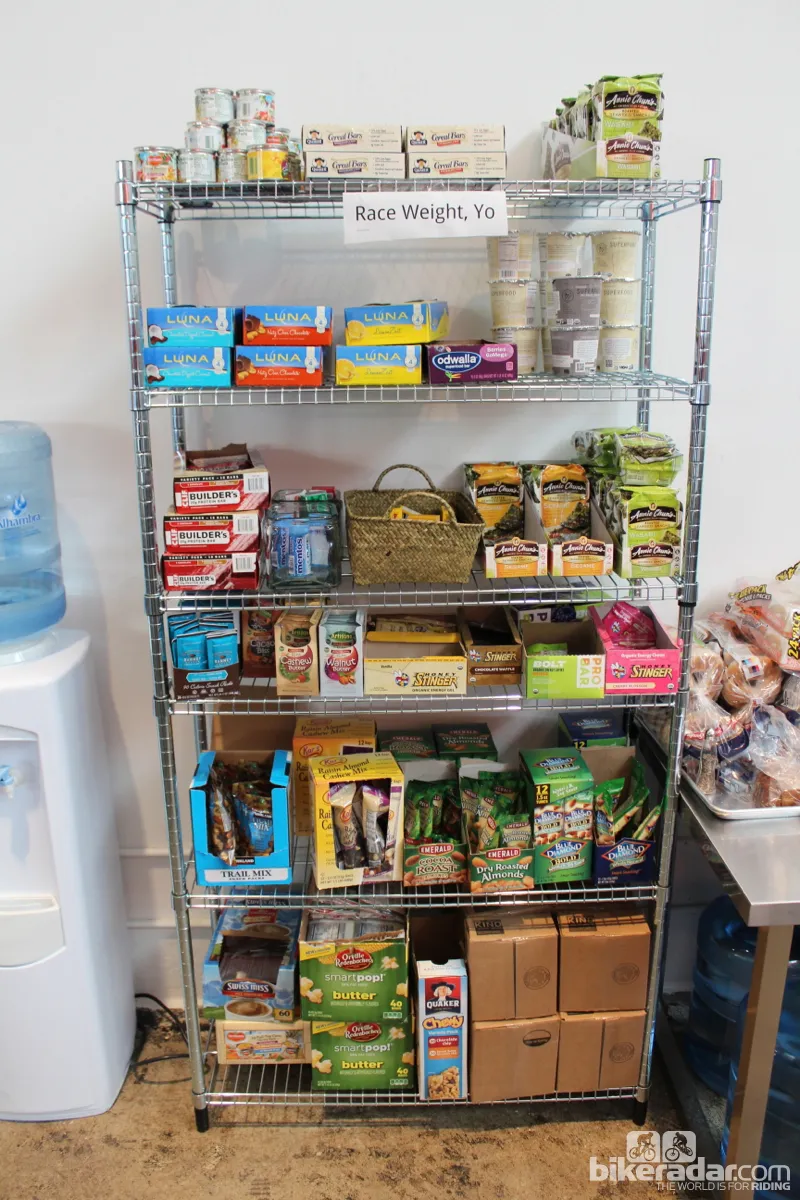Michael Horvath and Mark Gainey had been talking about the idea for years, but they had to wait until the technology was ready.
Back in the mid 1990s, former Harvard rowers Horvath and Gainey talked about a ‘virtual locker room’ of online camaraderie and competition, but the Internet wasn’t in widespread use, to say nothing of GPS-enabled smartphones, watches and cycling computers. Today, however, GPS devices are ubiquitous, and Strava, the social media fitness business that Horvath and Gainey launched in 2009, is growing like wildfire.
While they won’t say how many people use Strava, the figure must have crossed over the million-user mark. In one seven-day period this year, Strava users logged 1.6 million activities on the fitness social media site. Strava files have been created now, the company claims, in every single country in the world.

Strava cofounders Horvath (l) and Gainey
For the uninitiated, Strava lets users upload GPS files of rides or runs, and ranks them by time over commonly ridden stretches or ‘segments’. More than 4.5 million segments (3.5M ride, 1.1M run) have been created globally. The best time claims a KOM or QOM (King or Queen of the Mountain), and the site also tracks each user's PRs (personal records). Basic analytic tools come free, and more advanced features can be purchased for a yearly premium of $59. Then, much like Facebook, people who follow the user can either give a quick ‘kudos’ thumbs up with a single click (a la Facebook’s Like button) or leave a comment below an activity.

Every bit the San Francisco start-up, Strava houses its 85 staffers in an open-air floorplan, with a large kitchen, bike storage room and locker rooms around the corner
Now, the company is trying to figure out what to do with all the data — new features like Route Builder have been rolled out using it — and, perhaps more important, how to become profitable.
Unlike Instagram or Twitter, which built a huge base then added advertising, Strava insists ads are not a part of the plan to get to profitability.
“We are focused on adding the right features and functionality that are right for the sport,” said Michael Oldenburg, Strava’s senior communications manager. “We are not profitable yet. We are aiming to be profitable in the next 18 months.”

A set of bleachers serves as the company meeting room
What began with a handful of employees has grown to 85 people, who work in an open-space office in downtown San Francisco. With high, uncovered ceilings, rows upon rows of large Mac computers and heavy doses of white paint interrupted only by tall windows or Strava’s signature orange, the office feels every bit the San Francisco start-up.
Horvath, who holds a PhD in economics from Northwestern University, has led the team in its booming growth since 2009. But in mid-December Horvath stepped down as CEO of the company to be with his wife, Anna, who was diagnosed with breast cancer for the third time. While Horvath will stay involved on a smaller scale, Gainey has stepped up to run day-to-day operations.
Three big parts of Strava’s future plans are runners, mobile users and global users. Strava added a Run app in 2011, and has purposely hired runners to its development teams. Today the company is about two thirds cyclists, and one third runners. “And there is definitely a good population that does both,” Oldenburg said.

After launching the Run app in 2011, Strava has made running part of the company culture — and future growth
In late 2013 Strava released French, German and Portuguese versions. Already some 65 percent of new Strava users in 2013 came from outside the United States.
“We’re excited for 2014 and are currently in the planning phase for many of next year's initiatives,” Gainey said. “Some of Strava's priorities for next year are international growth, a continued focus on our run and cycling products, and driving revenue initiatives.”

The Strava kitchen is packed with healthy food — free to staff
In addition to growing its online shop, Strava is hoping that cyclists and runners will pay for sophisticated features that link elements of social media with real-time training.
“What if, when you’re out for a ride, you get a notification that your buddy is on the same segment as you, just a minute up ahead?” Oldenburg said. “Right now you can see who of those you follow is out for a ride, and we will be increasing that functionality going forward.”

Strava users have logged activities in every country in the world, the company claims
Regardless of exactly how the real-time elements develop, the mobile platform is certainly the hot area of growth for Strava, drawing in more new users than those who upload GPS files from computers or watches through the website. And that alone represents a sea change from just a few years ago when Strava was still just a concept. “What was out there at the beginning for hardware, it was just Garmins,” Oldenburg said. “GPS wasn’t available on smartphones. And when it did come out, it still wasn’t that great.”
Now that the technology has finally caught up with the initial vision that Horvath and Gainey had two decades ago, Strava is primed to set more PRs in 2014.
















